Film Photography in 2025 Is Bluer and Less Saturated

As film popularity has surged in recent years, ushering in a renaissance of sorts for the medium that was nearly killed by digital photography in the early 21st century, modern analog photographers have been increasingly flocking toward black-and-white film.
Over at Lomography, a company that celebrates all things analog photography, the company looked through thousands of photos uploaded to its film-obsessed community over the past 15 years to see what people are shooting. The interesting blog post, seen by Digital Camera World, shows that modern analog photographers are seeing a desaturated world through their film cameras.
There are two sides to this. Newer color film photos are less vivid and colorful than before. Beyond that, photographers are simply buying more black and white film. As Lomography’s chart showing the color breakdown of photos uploaded to its community from 2010 through this year demonstrates, the result is that newer photos are less colorful overall.

“Right away, one trend stood out: darker and more monotone colors outweighed the colorful ones year after year. What we found most compelling in our data was that color seems to be fading from film photography overall,” Lomography writes. “Starting from 2010, vibrant, bright hues have steadily declined in our community’s photos. It feels like the world is moving in a more neutral, muted direction, and we wanted to know why.”
When it comes to color film being less colorful, Lomography speculates that there are three potential explanations.
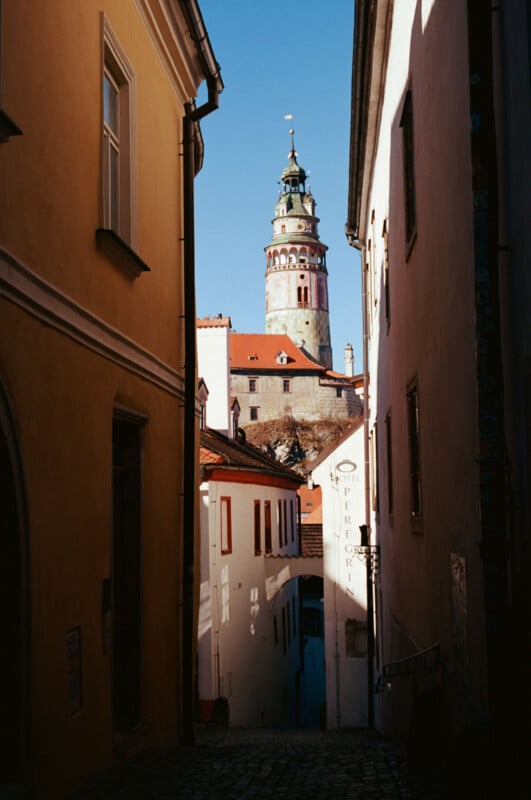
First, film labs, which have fluctuated in number as film’s popularity ebbed and flowed, rarely have bespoke scanning profiles for all currently available film stocks.
“Now, with more obscure and newer films floating around, and fewer tailored profiles in play, labs often scan using generic auto-corrections. This can leave scans looking flatter, less vivid colors, especially if they’re shared exactly as they come from the lab,” Lomography says.
Lomography speculates that another culprit in the desaturation of film photography is the booming popularity of instant photography. Fujifilm announced earlier this year that it had sold 100 million Instax cameras and printers since 1998, a significant chunk of which it sold over the past 15 years. While Instax and other instant film media have good reason to be popular, it is not a particularly vibrant medium. The influx of somewhat flat instant photos brings down the overall color in the room.
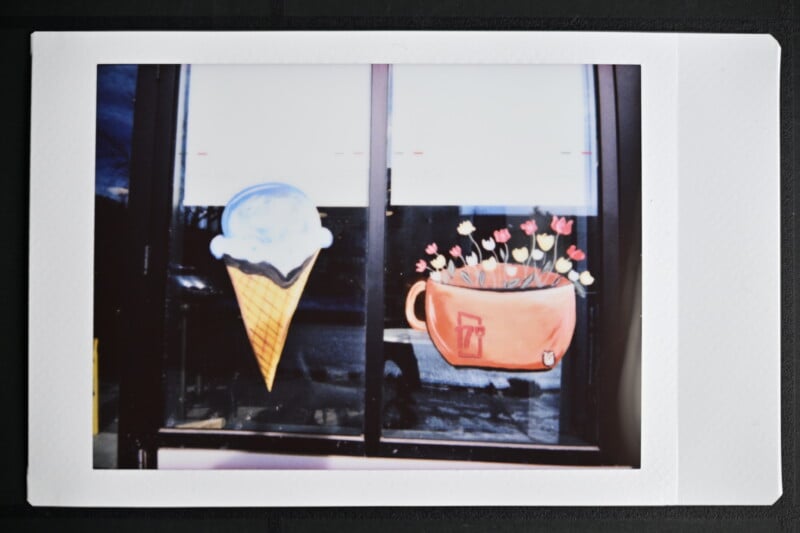
Next up is the nature of film itself. Some iconic stocks, like Velvia, are chemically engineered to be super vibrant, whereas Provia 100F offers more subtle colors. Granted, neither stock is necessarily easy to come by in the United States. Provia is exceedingly hard to get, and Velvia, while also hard to find, is a bit easier to buy, especially outside the U.S. Broadly more accessible and affordable color films “tend to be more neutral,” Lomography says.

Fujifilm Provia 100F | Photo by Jaron Schneider
There may even be a fourth force to consider: why people are drawn to film in 2025 in the first place. There are lots of different reasons why photographers still shoot film, although arguably, one of the biggest is to enjoy photography in a different way. Film offers a different experience than digital cameras, and that’s what draws many modern analog shooters into the fold.
Since digital cameras capture very vivid photos, it make senses that photographers want their film photos to look different, which can mean less saturated and more natural color tones. A quick look at Instagram reflects how saturation can go haywire in digital photography, so it stands to reason that, on top of the considerations above, there has been a shift in consumer preference. Less saturated film photos push back harder against modern digital photography trends.
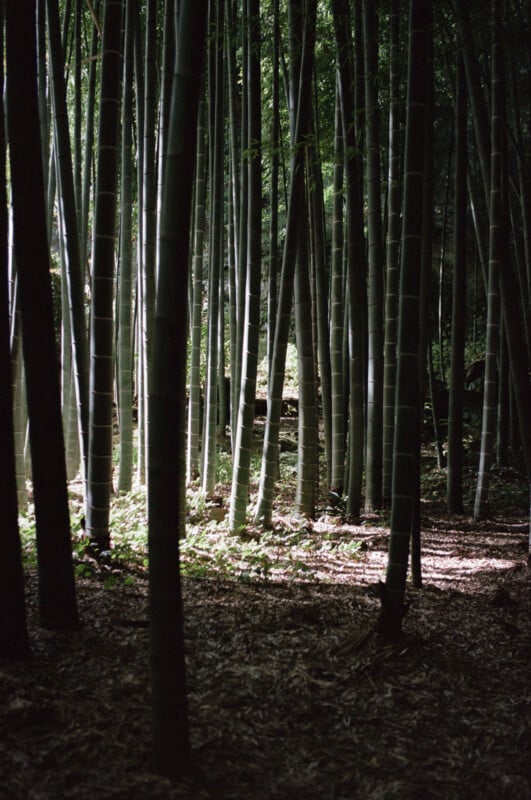

Lomography notes that alongside the tonal shift of color film photography since 2010, there has also been a concurrent rise in the number of black-and-white film stocks available and sold.
“Stocks like Ilford HP5 and Formapan have become steadily more popular since 2018, according to our own research of photos posted to LomoHomes,” Lomography says. “Color film production remains a more complicated process than creating a new B&W film emulsion, so there have been more frequent releases of B&W films than of color films in the last two decades.”
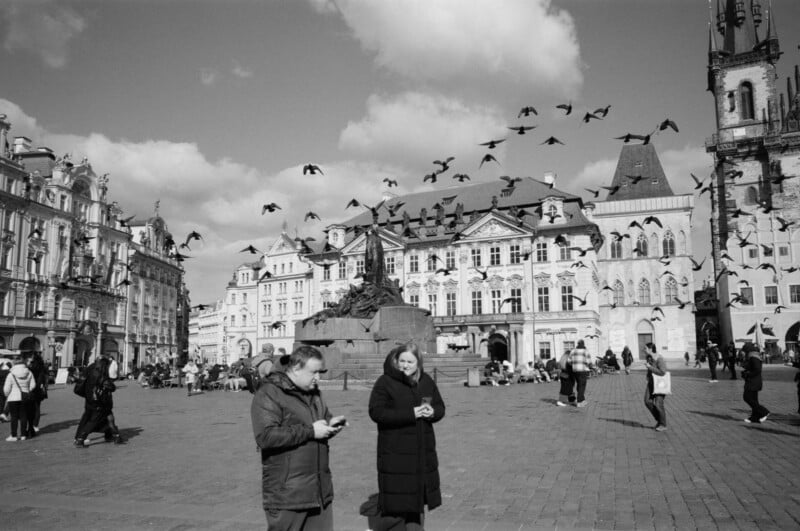
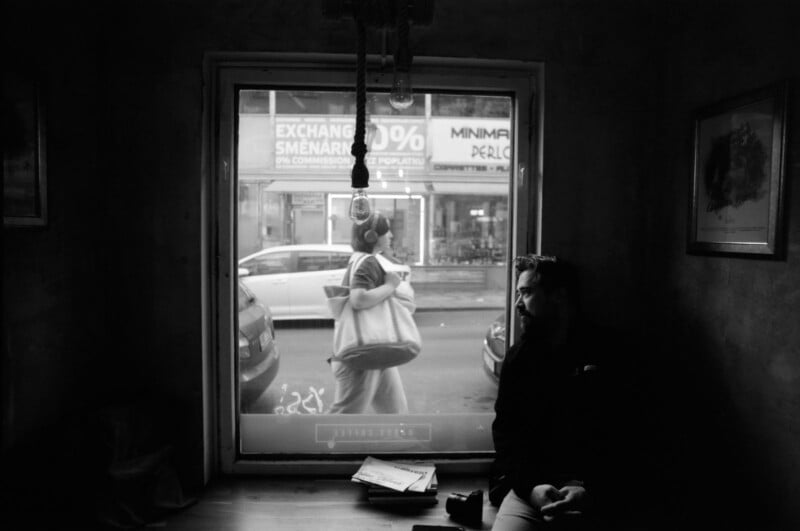
Plus, as Lomography notes, black-and-white films are usually cheaper, and film photography is a costly hobby.
Lomography’s detailed blog post does more than discuss the current state of color film photography and the rising interest in declining saturation; it also offers a history lesson on color film photography itself. For even more information on the history of color photography, check out PetaPixel‘s article, “A Brief History of Color Photography.” It’s an informative trip down memory lane.
“The thing is? We’re not mad about this trend at all. Watching the colors that spark our Lomographers’ creativity and seeing how they’ve shifted over time is fascinating,” Lomography concludes. “Because here’s the beauty of film photography: there are no right answers. Just the freedom to follow your mood and let your wild side shine, whatever shade it comes in.”
Image credits: Photographs by Jaron Schneider. Film chart graphic by Lomography.